Have you ever imagined printing circuits on your skin? A little bit? Ok, I only said to the people I thought, your good fortune is coming. While scientists are turning the machine into a human being, they are also working to push humans into the machine. They developed a "skin" embedded with Pulse oximeter, Organic photodetectors and polymer light emit TIng diodes, which is ductile and ultra-thin. Optoelectronic skins can be applied to your arms, face or any other place where you want to add some digital flavor.
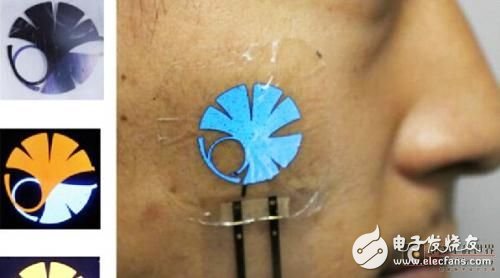
Flexible photoelectric skin embedded with polymer light-emitting diode
Researchers at the University of Tokyo published an article in the journal Science Advances detailing their recent research, an ultra-skin with an unexpectedly durable skin. This electronic skin has enough flexibility to withstand hundreds of stretches and folds, while its thickness is only 3 microns, which is thinner than human skin. When attached to a finger, the oxygen content in the blood can be measured, and the visual data is displayed directly on the human body through a seven-segment digital display and a color logo.
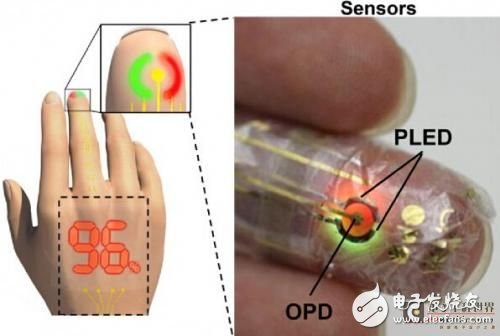
Another magical thing is its service life. In order to protect polymer light-emitting diodes from various chemicals, researchers have designed a special protective film using parylene and silicon oxynitride as raw materials. This material isolates oxygen and water vapor into the circuitry, which means that the skin that sticks to you can work for 24 hours or longer. Next, we have to talk about power supply. Now there is no sensor device in this layer of skin, but in the future there may be sensors to collect human body heat energy into electricity, or use flexible batteries.
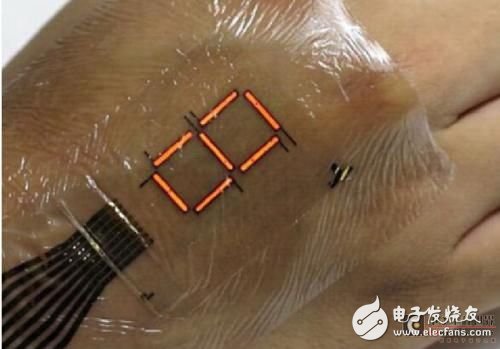
Smart wearables with small potential
Wear a comfortable, thin, silky patch that can be used to monitor the patient's health, as well as a ticket to a concert or ball game, and only the size of the stamp.
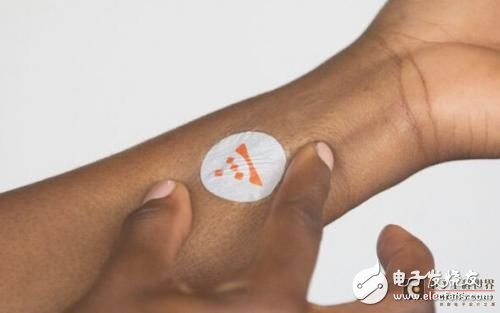
Stamp-sized WISP smart stickers can play a role in health care and personal consumption.
This product, called Wearable InteracTIve Stamp Platform (WiSP), was developed by MC10. The company jointly developed the first ultra-thin intelligent UV monitoring patch at the beginning of the year with cosmetics manufacturer L'Oreal.
WiSP uses Near Field CommunicaTIon (NFC) to store and transmit data securely when using smart tiles. NFC is a set of communication protocols that allows two electronic devices to transmit data over a distance of 2 inches (about 4 cm). WiSP Smart Patches can be used on NFC Readers or any smart device with NFC Read. MC10 protects the patch by adding integrated data protection and field programmable read-only lock. Removing the WiSP patch at any time will make it lose its function, so once it is removed from the body, it can be thrown away without fear of leaking information.
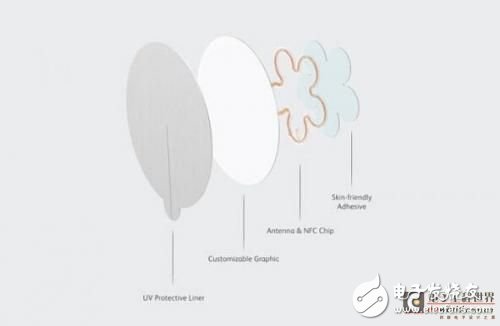
Universities and related research teams have developed a variety of smart patches and tattoo-like monitoring devices, but many of them can only be used once, such as athletes' lactic acid sensors or the heart monitors used by the public. What sets WiSP apart among the many patch products is the potential for versatility brought about by its structural design. An antenna and NDC chip are integrated inside a WiSP smart patch, and medical-grade adhesive allows the patch to stretch as the skin moves. On top of the customizable film is a top film that protects the antenna and NFC chip from UV light. WiSP smart patches can be worn for more than two days. And there is no problem with it taking part in strenuous exercise, bathing or sleeping.
MC10 recently announced that it is working with PCH International, which specializes in product design, and is commercializing WiSP. Neither company has announced how the technology could be put into practice in the medical or consumer sector, nor did it disclose the price. They only mention that future uses may include consumer applications such as cashless payments, hotel room cards and event registration, as well as easier collection and transmission of patient personal information in the clinical setting.
Adopting KN95 grade anti-particulate matter filtering technology and antibacterial environmental protection fabnc, effectively filtering and protecting from PM2.5 air particulate matter and bacteria. without breathing valve.
Adopting KN95 grade anti-particulate matter filtering technology and antibacterial environmental protection fabnc, effectively filtering and protecting from PM2.5 air particulate matter and bacteria. without breathing valve.
(Details
NIOSH Approved: KN95
FDA Cleared
Helps protect against certain airborne biological particles
Fluid resistant and disposable
Features include:
NIOSH approved KN95
Meets CDC guidelines for Mycobacterium tuberculosis exposure control
99% BFE (Bacterial Filtration Efficiency)
Fluid resistant
Collapse resistant cup shape design
Braided headbands, cushioning nose foam, and light weight construction for comfortable wear)
N95 Mask,Surgical Mask,Earloop Face Mask,Disposable Protective Mask
Guangzhou HangDeng Tech Co. Ltd , http://www.hangdengtech.com
